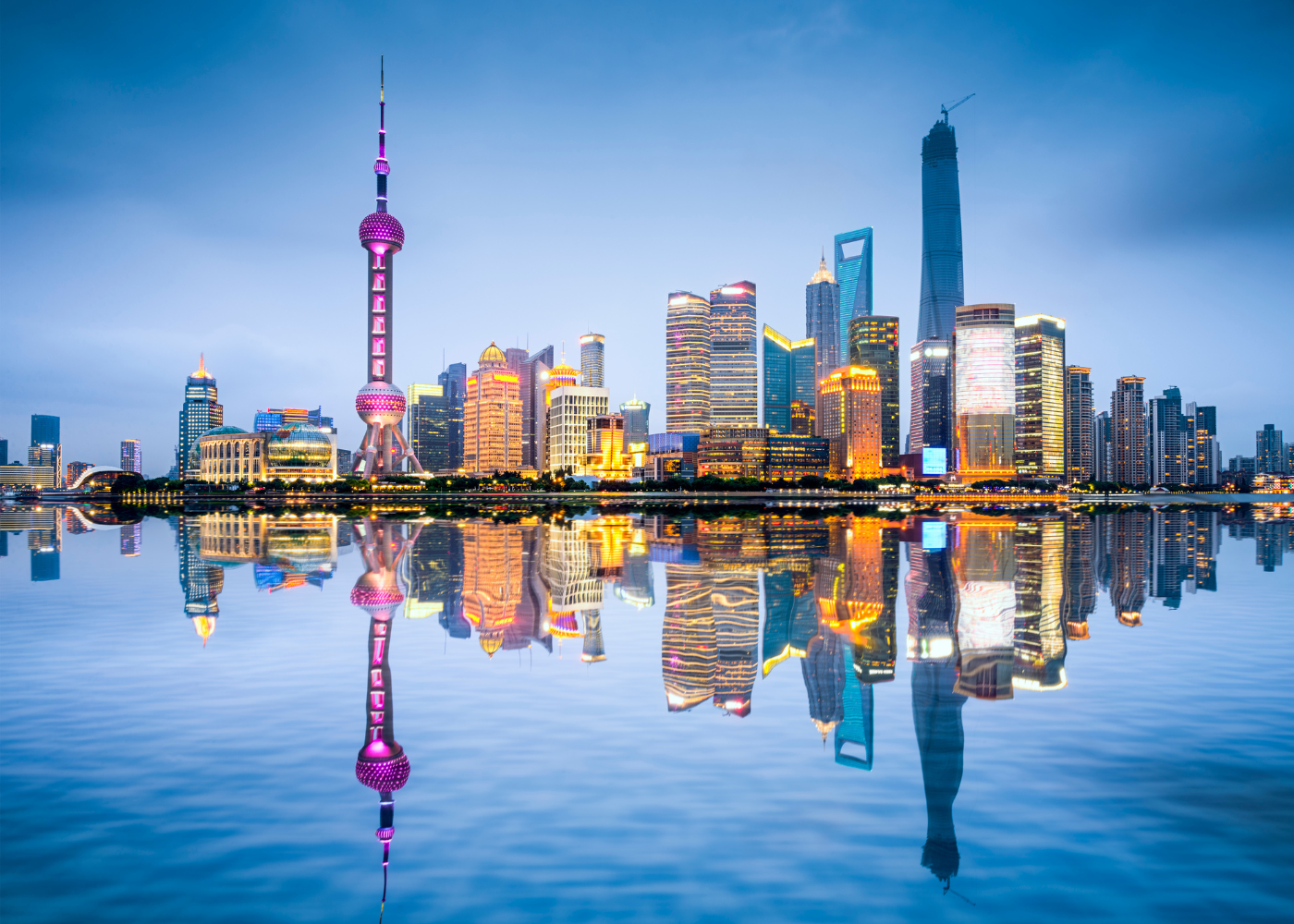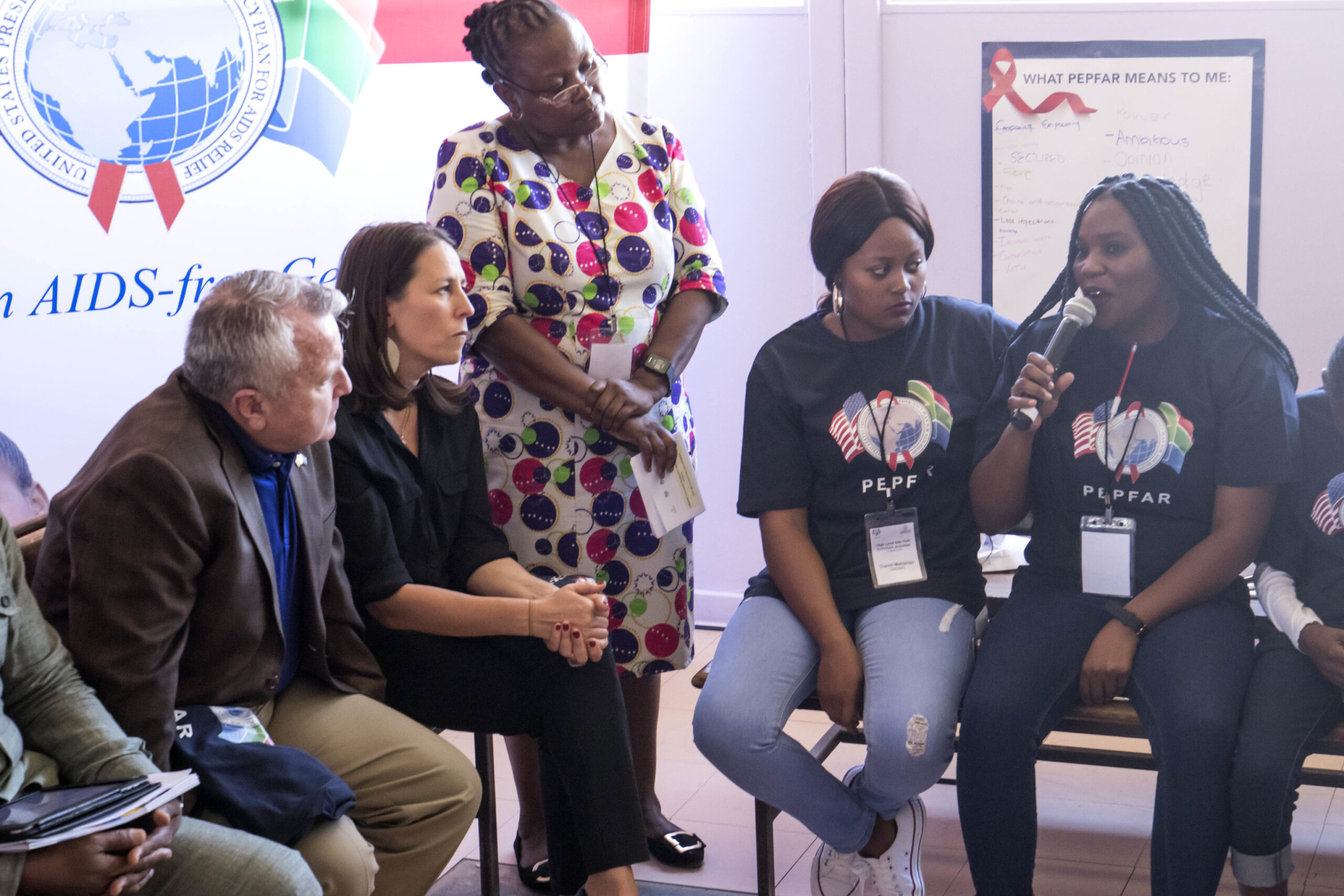Thoughts and Conclusions After Consultations in Hanoi and Bangkok, December 2023
Note: A five-person PPI staff group including Marshall and Gresser recently returned from a two-week visit to these two countries, with extensive consultations in Hanoi and Bangkok. The following lays out some of the information and conclusions the group drew from these visits.
Vietnam and Thailand both possess strong and successful relationships with the U.S., but ones we can strengthen — particularly through more ambitious trade policy engagement. As Americans look, in economics, to “de-risk,” “friend-shore,” and reduce single-source reliance on Chinese imports — and in politics to develop diplomatic and security relationships with strong and influential middle-sized Asian powers —both are attractive choices.
These are medium-sized countries by Asian standards, but large by anyone else’s: Thailand’s 70 million people and Vietnam’s 100 million together aren’t far below the 215 million combined for Germany, France, and the U.K. Though their economies are obviously smaller, Thailand is a prosperous upper-middle-income country and Vietnam a fast-growing lower-middle-income state. Both countries, with their very different histories and political cultures, have all but eliminated absolute poverty and developed large and well-educated middle classes. It’s particularly striking to see that Vietnam, with 21,900 students now at American universities, sees the United States as the partner of choice in developing its next generation of leadership.
Both countries likewise have independent and carefully managed foreign policy strategies, whose core concerns are logical and compatible with U.S. goals. Vietnam is engaged in very high-stakes competition with China over maritime territorial claims, the main issue being a Chinese claim to vast areas of water and island chains quite far south of China’s coast and very near those of Vietnam, Malaysia, and the Philippines. Vietnamese policy sees a close political relationship with the United States as a way to ensure that China does not simply impose its view on the smaller countries to its south, and is also a way of reducing the risk that conflicting claims will erupt in crisis. Thailand, a long-time treaty ally of the United States, does not have territorial concerns and worries most about spillovers from instability in neighboring countries. Like Vietnam, and with a deep tradition of bilateral military and intelligence cooperation, Thailand sees the United States as a valuable partner and contributor to regional stability.
Economically, the U.S. relationship with these countries is large and generally successful, but in some ways limited. Vietnam has been the “winner” of the Trump administration’s trade war, with U.S. imports rising from $46 billion in 2017 to a likely $110 billion this year with particularly rapid growth in consumer electronics such as cell phones and personal computers. Much of this is, however, processing work that continues to rely on Chinese components — a business source estimated that only about 20% of Vietnam’s $370 billion in annual exports is local value, mostly in the form of skilled labor. Vietnam’s government and businesses are looking for ways to increase local value, diversify their own component sourcing, and become somewhat more of a “creative” economy and somewhat less of a “processing zone” exporter. And from an American perspective, the United States’ export figures to Vietnam remain quite small, around $10 billion annually.
Thailand is a smaller manufacturing exporter, but one with more developed local industries which add more value to the country’s export trade, especially in automotive and food production. The culturally and intellectually liberal Thai tradition — involving open media, independent universities, a lively civil society and NGO landscape, and close observation of policy trends in major countries — continues to make Bangkok mainland Southeast Asia’s center of transport, media, finance, and culture, and supports a creative class in strong fashion, design, and artistic industries.
The goals of both countries appear to mesh well, though in somewhat different ways, with the program Biden administration Cabinet Secretaries Yellen and Raimondo have laid out: diversification of sourcing, reduction of over-reliance on China especially for products critical to major supply chains, and successful competition with China over the longer term. With this in the background, interlocutors in both capitals were puzzled by the Biden administration’s decision to pull back from conclusion of the Trade Pillar of the “IPEF” (Indo-Pacific Economic Framework) it had launched early in 2022. This decision was particularly startling given the Pillar’s relatively modest goals in particular, the administration’s unwillingness to negotiate on tariff and market access issues. Looking back at the experience, this choice meant IPEF elicited little enthusiasm in America’s exporting industries and farm sectors, and also left American negotiators with little leverage to entice IPEF’s other countries (including both Vietnam and Thailand) to make very sweeping commitments on the labor, environmental, and supply-chain issues the administration placed at the center of the talks.
The good news is that there is a lot of room for change, and still time to make it. U.S. export industries — medical technologies, agriculture, aerospace, machinery, energy — are competitive and successful, but in Southeast Asia, as in many parts of the world, face large market barriers. It is particularly frustrating, in the Vietnamese case, to see U.S. competitors taking advantage of the TPP commitments the Obama administration worked so hard to achieve while we lose ground.
And just as the export sector needs more, the case for avoiding tariffs on defensive grounds is very weak. The actual U.S. tariff schedules (as the New Democrat Coalition suggested last November) are plagued by regressivity and gender bias, ineffectual as job protectors, and ripe for a thorough review and purge even without international negotiations. Meanwhile, the Trump campaign is proposing a radical economic isolationism, with a Hoover-style tariff increase at the core, which rests on deep and groundless pessimism about U.S. workers’ competitiveness and threatens growth and innovation in the U.S. and abroad. The Biden administration, though now entering its fourth year, still has the opportunity to respond with an optimistic, growth-oriented program that returns market access and export industries to the center of policy. Vietnam and Thailand are countries that will likely respond well to this, and they’re probably not alone in that.
















